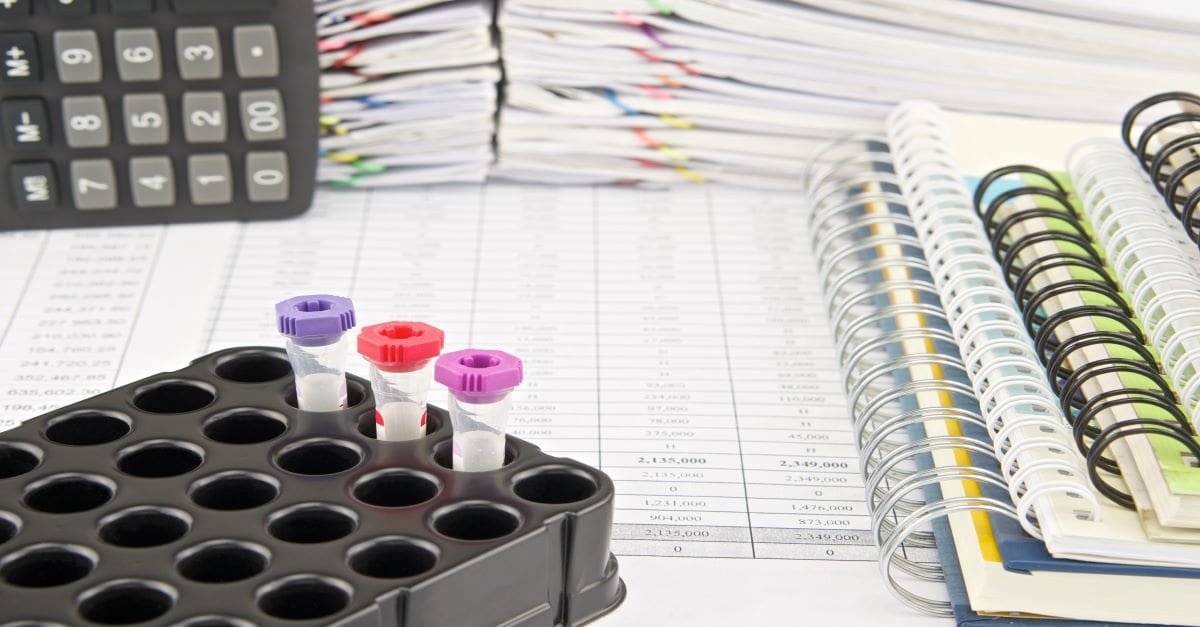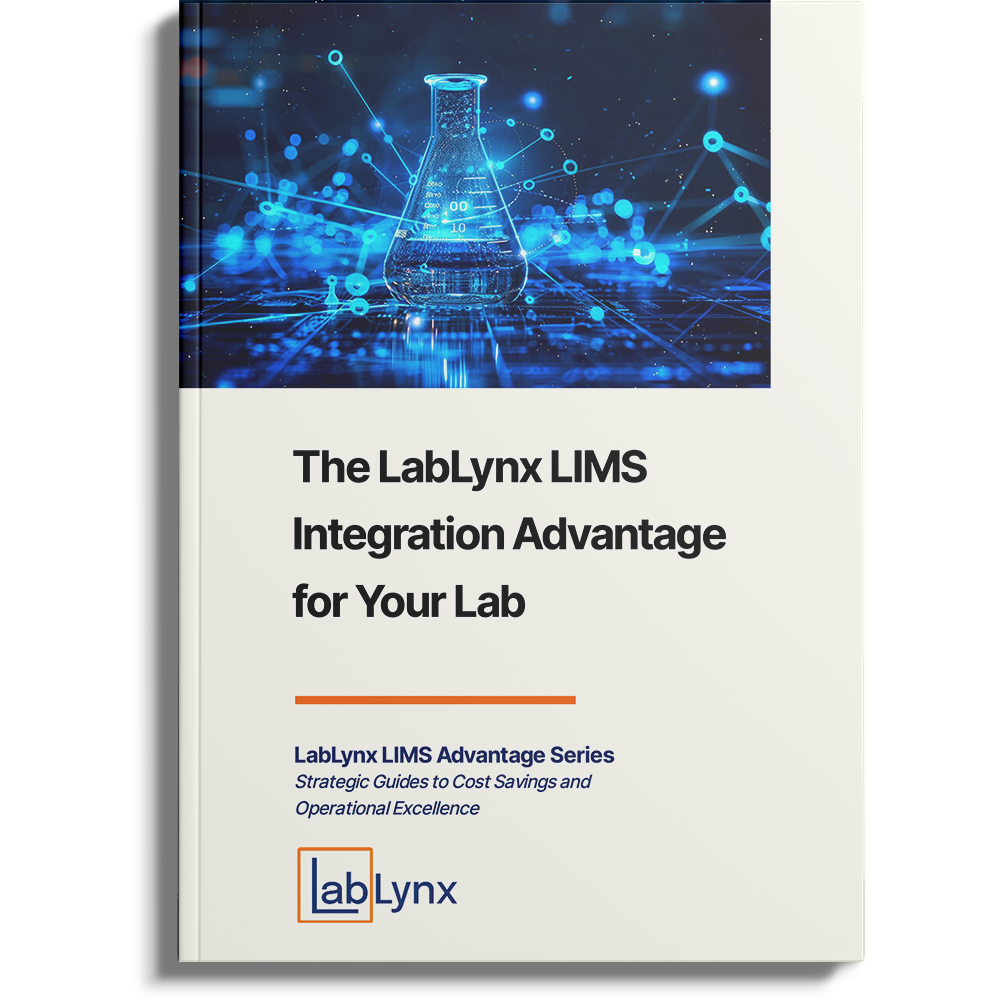
What if your laboratory could eliminate errors, streamline workflows, and deliver high-quality reports effortlessly? With the LabLynx Laboratory Software Suites—LIMS Suite, ELN Suite, and Lab Automation Suite—this vision becomes reality. Each suite is designed to address specific challenges faced by modern laboratories while offering complete customization to fit your unique needs.
Let’s explore how these suites enhance laboratory accuracy, elevate reporting quality, and cater to various industries.
Tailored Solutions for Precision and Excellence
No two laboratories are identical, and neither should their software solutions be. LabLynx’s approach is centered on customization, ensuring that every lab—whether clinical, environmental, research, or manufacturing—receives a suite built specifically for its workflows, compliance requirements, and goals.
LabLynx LIMS Suite: Best for Data-Driven Operations
The LIMS Suite (Laboratory Information Management System) is the cornerstone of efficient laboratory management. It focuses on data tracking, inventory control, sample management, and ensuring regulatory compliance.
Key Benefits:
- Automates data capture and management.
- Tracks sample lifecycles with precision.
- Provides real-time reporting for operational insights.
Ideal For:
Clinical labs, environmental testing labs, and food safety facilities where maintaining accurate sample records and adhering to strict compliance is critical.
Tailored Features:
Customizable dashboards and workflows ensure your lab’s specific needs are met, from batch processing to multi-location data integration.
LabLynx ELN Suite: Perfect for Research and Collaboration
The ELN Suite (Electronic Laboratory Notebook) is built for labs where documentation, collaboration, and innovation are top priorities. This suite streamlines data recording and ensures that every detail is securely stored and easily accessible.
Key Benefits:
- Simplifies experimental documentation with real-time note-taking and annotations.
- Enhances collaboration with shared, cloud-based access.
- Provides robust data traceability for research integrity.
Ideal For:
Research labs, academic institutions, and pharmaceutical development teams where documenting methods and findings is essential.
Tailored Features:
Flexible templates and project-specific tools that adapt to your team’s research goals and methods.
LabLynx Lab Automation Suite: Designed for High-Throughput Labs
The Lab Automation Suite transforms repetitive, labor-intensive tasks into efficient, automated processes. It integrates seamlessly with instruments and workflows to boost productivity and reduce human error.
Key Benefits:
- Automates processes like sample preparation, testing, and data transfer.
- Increases throughput without compromising accuracy.
- Reduces reliance on manual operations, freeing up resources for critical tasks.
Ideal For:
High-throughput labs in sectors such as manufacturing, clinical diagnostics, and environmental monitoring, where speed and accuracy are paramount.
Tailored Features:
Scalable automation tools customized to your lab’s volume, instrument setup, and specific processes.
Unmatched Reporting Quality Across All Suites
Regardless of which suite fits your needs, LabLynx ensures exceptional reporting quality:
- Customizable Templates: Tailor reports to match branding and audience requirements.
- Advanced Data Visualization: Generate clear, impactful visuals like charts and graphs.
- Regulatory Compliance: Meet industry standards effortlessly with built-in compliance tools.
Every report produced by LabLynx solutions is accurate, professional, and designed to make your findings stand out.
Why Choose LabLynx?
LabLynx isn’t just software—it’s a partnership. With decades of experience and a commitment to tailoring solutions for every client, LabLynx empowers labs to operate at their best. Whether you need a single suite or a combination of tools, LabLynx ensures seamless integration, scalability, and outstanding support.
Transform Your Lab Today
Ready to elevate your lab’s accuracy, efficiency, and reporting quality? Discover the power of the LabLynx Laboratory Software Suites—LIMS Suite, ELN Suite, and Lab Automation Suite. Contact us today to schedule a personalized demo and see how our tailored solutions can help your lab achieve its goals.




